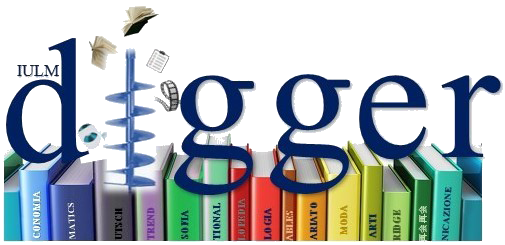Eshnunna was one of the most powerful kingdoms in Mesopotamia during the first two centuries of the II Mill. BC, until its defeat by Hammurabi in 1761 BC, as also clearly stated by Zimri-Lim of Mari in the well-known letter, which summarized the international political scenario of the Near East during the XVIII cent. BC. The epigraphic and archaeological evidence coming from the main settlements of the Diyala valley show strong political and cultural interactions with Assyria to the North and Elam to the Sout-East. A strategic location of the region stretching from the Zagros chains to the Tigris plain allows Eshnunna to control important trade routes linking the alluvium to the Iranian Plateau. The duality of peaceful or bad relations between Eshnunna and the Elam confederation can be partially reconstructed through dating formulae, bricks and seals inscriptions and the indirect data from the Mari archives. Some interesting pieces of evidence can be also found taking into account items imported from Iran or clearly influenced by the Elamite culture, discovered in the Diyala and Hamrin sites. On the other hand, the recent publication of the Dadusha victory stele give us a fresh picture of military events at the border between Assyria and Eshnunna, whereas Old Assyrian cultural influence in the Diyala is difficult to recognize, attested only by few cylinder seals. The analysis of the Eshnunna-Elam and Eshnunna-Assyria archaeological links allows us to underline the complex pattern of interaction models in this crucial region during the Middle Bronze Age. Between policy and exchange, between war and peace.
Politica e commercio interregionale in Mesopotamia. Uno sguardo dalla Diyala agli inizi del II millennio, 2010.
Politica e commercio interregionale in Mesopotamia. Uno sguardo dalla Diyala agli inizi del II millennio
Peyronel, Luca
2010-01-01
Abstract
Eshnunna was one of the most powerful kingdoms in Mesopotamia during the first two centuries of the II Mill. BC, until its defeat by Hammurabi in 1761 BC, as also clearly stated by Zimri-Lim of Mari in the well-known letter, which summarized the international political scenario of the Near East during the XVIII cent. BC. The epigraphic and archaeological evidence coming from the main settlements of the Diyala valley show strong political and cultural interactions with Assyria to the North and Elam to the Sout-East. A strategic location of the region stretching from the Zagros chains to the Tigris plain allows Eshnunna to control important trade routes linking the alluvium to the Iranian Plateau. The duality of peaceful or bad relations between Eshnunna and the Elam confederation can be partially reconstructed through dating formulae, bricks and seals inscriptions and the indirect data from the Mari archives. Some interesting pieces of evidence can be also found taking into account items imported from Iran or clearly influenced by the Elamite culture, discovered in the Diyala and Hamrin sites. On the other hand, the recent publication of the Dadusha victory stele give us a fresh picture of military events at the border between Assyria and Eshnunna, whereas Old Assyrian cultural influence in the Diyala is difficult to recognize, attested only by few cylinder seals. The analysis of the Eshnunna-Elam and Eshnunna-Assyria archaeological links allows us to underline the complex pattern of interaction models in this crucial region during the Middle Bronze Age. Between policy and exchange, between war and peace.I documenti in IRIS sono protetti da copyright e tutti i diritti sono riservati, salvo diversa indicazione.



